5 Halloween Myths and Folklore Explained
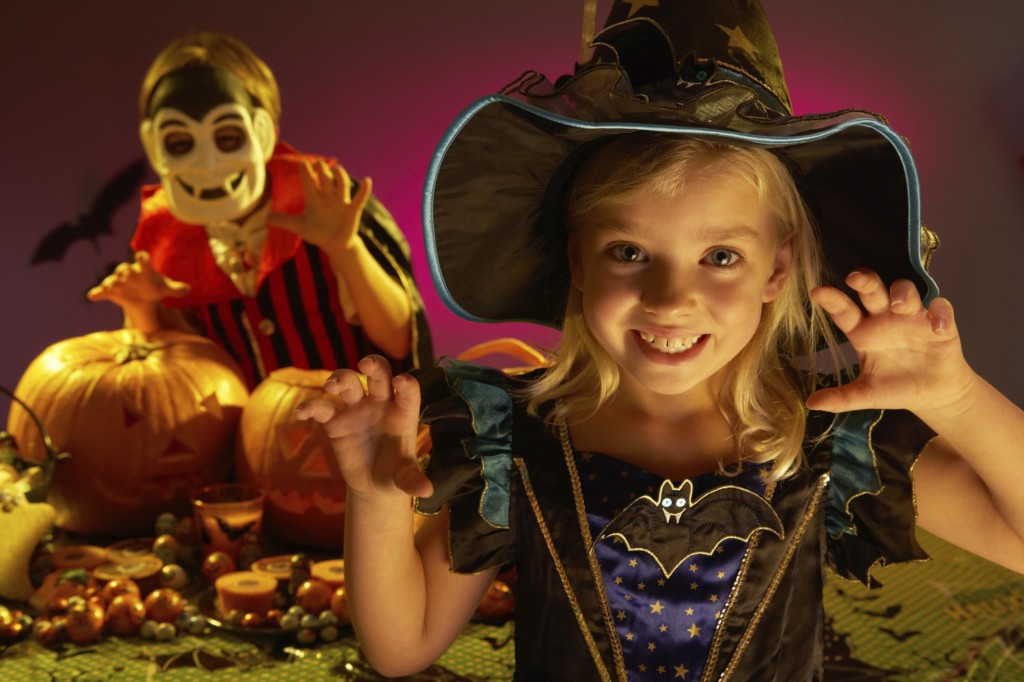 Halloween is the spookiest of holidays with a lot of folklore surrounding it. Your kids get dressed up every year as all sorts of creepy creatures without a reasonable explanation. Here are 5 Halloween myths and folklore explained.
Halloween is the spookiest of holidays with a lot of folklore surrounding it. Your kids get dressed up every year as all sorts of creepy creatures without a reasonable explanation. Here are 5 Halloween myths and folklore explained.
All Hallows Eve The word “Halloween” is the short form of the phrase “All Hallows Eve.” “All Hallows” and All Saints Day along with All Souls Day which are Christian holidays set aside to pray for the souls of the deceased to reach Heaven. All Hallows Eve coincides with the Gaelic festival “Samhain” which celebrates the end of summer and the beginning of winter. Samhain is considered a time when there is overlap between the world of the living and the world of the dead — and where we get a lot of our Halloween traditions.
Ghosts, Ghouls & Goblins As the idea of the world between the living and dead is bridged on Halloween, according to Samhain tradition, on that day there were fears about running into “lost souls.” To avoid wrath of the evil, misdirected souls, people would dress up as ghosts hoping to blend in with the spirits. Ghosts came in many forms: 1) Goblins were demons who looked for trouble and caused harm to humans (gnomes and gremlins fall into the category of goblin). 2) Ghouls were also demons who set out to harm humans, but they also preyed on the dead and were thought to be grave robbers.
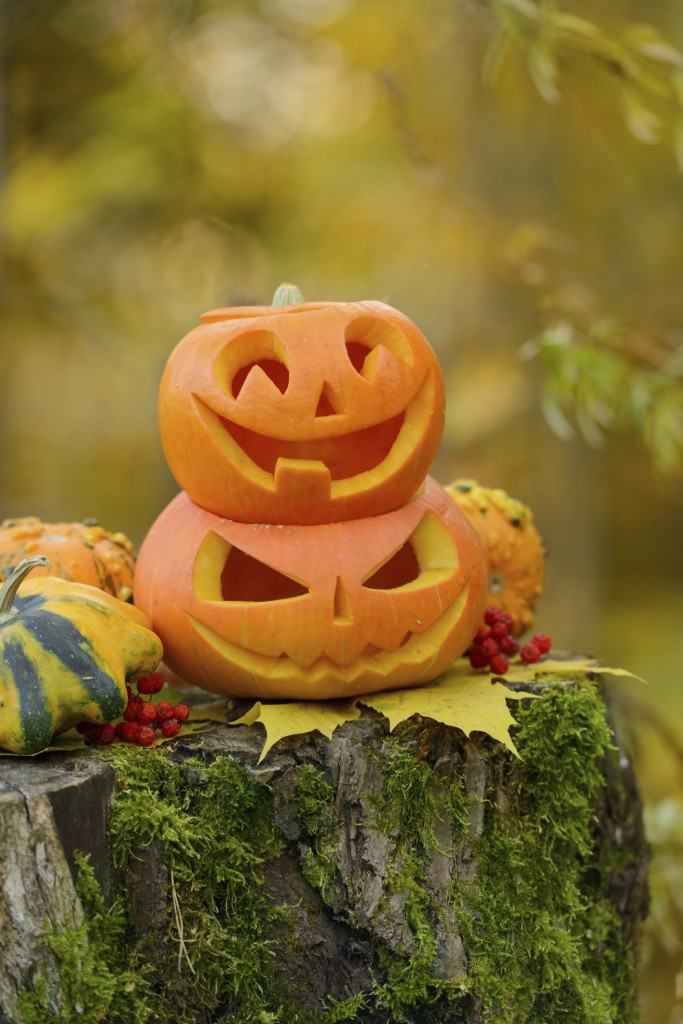 Jack-O-lanterns Jack-o-lanterns have a sinister story behind them brought to you by the Irish. According to Irish folklore, Jack was a farmer known as Stingy Jack. He was a cheat and could trick just about anyone — including the Devil. As the legend goes, Stingy Jack managed to trick the Devil into making several promises, but the last one came back to haunt Stingy Jack. He convinced the Devil to climb a tree to grab a piece of fruit, but before the Devil could come down, Jack carved crosses into the trunk making it impossible for the Devil to get out of the tree. In exchange for freedom from the tree, Jack made the Devil promise not to take his soul when he died. When Jack died, the Devil kept his promise, but God wouldn’t let him into Heaven either. With the last laugh, the Devil tossed him an ember and, from a turnip he had in his pocket, Jack carved a lantern to carry the ember as he wandered Purgatory for eternity. Jack was then re-named “Jack of the Lantern” which was shortened by the Irish to “Jack O’Lantern.” According to folklore, people would hollow out turnips — and later pumpkins — to make lanterns and put them on their porches to guide lost souls home on Halloween.
Jack-O-lanterns Jack-o-lanterns have a sinister story behind them brought to you by the Irish. According to Irish folklore, Jack was a farmer known as Stingy Jack. He was a cheat and could trick just about anyone — including the Devil. As the legend goes, Stingy Jack managed to trick the Devil into making several promises, but the last one came back to haunt Stingy Jack. He convinced the Devil to climb a tree to grab a piece of fruit, but before the Devil could come down, Jack carved crosses into the trunk making it impossible for the Devil to get out of the tree. In exchange for freedom from the tree, Jack made the Devil promise not to take his soul when he died. When Jack died, the Devil kept his promise, but God wouldn’t let him into Heaven either. With the last laugh, the Devil tossed him an ember and, from a turnip he had in his pocket, Jack carved a lantern to carry the ember as he wandered Purgatory for eternity. Jack was then re-named “Jack of the Lantern” which was shortened by the Irish to “Jack O’Lantern.” According to folklore, people would hollow out turnips — and later pumpkins — to make lanterns and put them on their porches to guide lost souls home on Halloween.
 Vampires, Mummies and Frankenstein The association of vampires, mummies and Frankenstein with Halloween may have something to do with literature and Hollywood and the fascination with bringing the dead back to life. But whether we’re dressing up as a vampire or decorating with mummies, we run with the idea!
Vampires, Mummies and Frankenstein The association of vampires, mummies and Frankenstein with Halloween may have something to do with literature and Hollywood and the fascination with bringing the dead back to life. But whether we’re dressing up as a vampire or decorating with mummies, we run with the idea!
Mummification is the process of preserving a body after death. Though mummies can be found all over the world, ancient Egypt is what comes to mind when we think of mummies. When people died in Egypt, part of mummification was wrapping the bodies in linen cloth — which is how we imagine mummies today. The idea of bringing mummies back to life is a relatively new idea. It allegedly first appeared in the 1800s book by Jane Loudon Webb called “The Mummy.” It was about a mummy who comes back to life seeking revenge. From there, many stories and movies were hatched about reanimating mummies. Bram Stoker’s 19th century novel “Dracula” put a story to the fabled vampires that have been lurking in Eastern European folk tales for centuries. Mary Shelley’s 1818 book did the same for Frankenstein. There is no direct connection between these mythical creatures and Halloween except they are all caught in that overlap of the mortal and spiritual worlds.
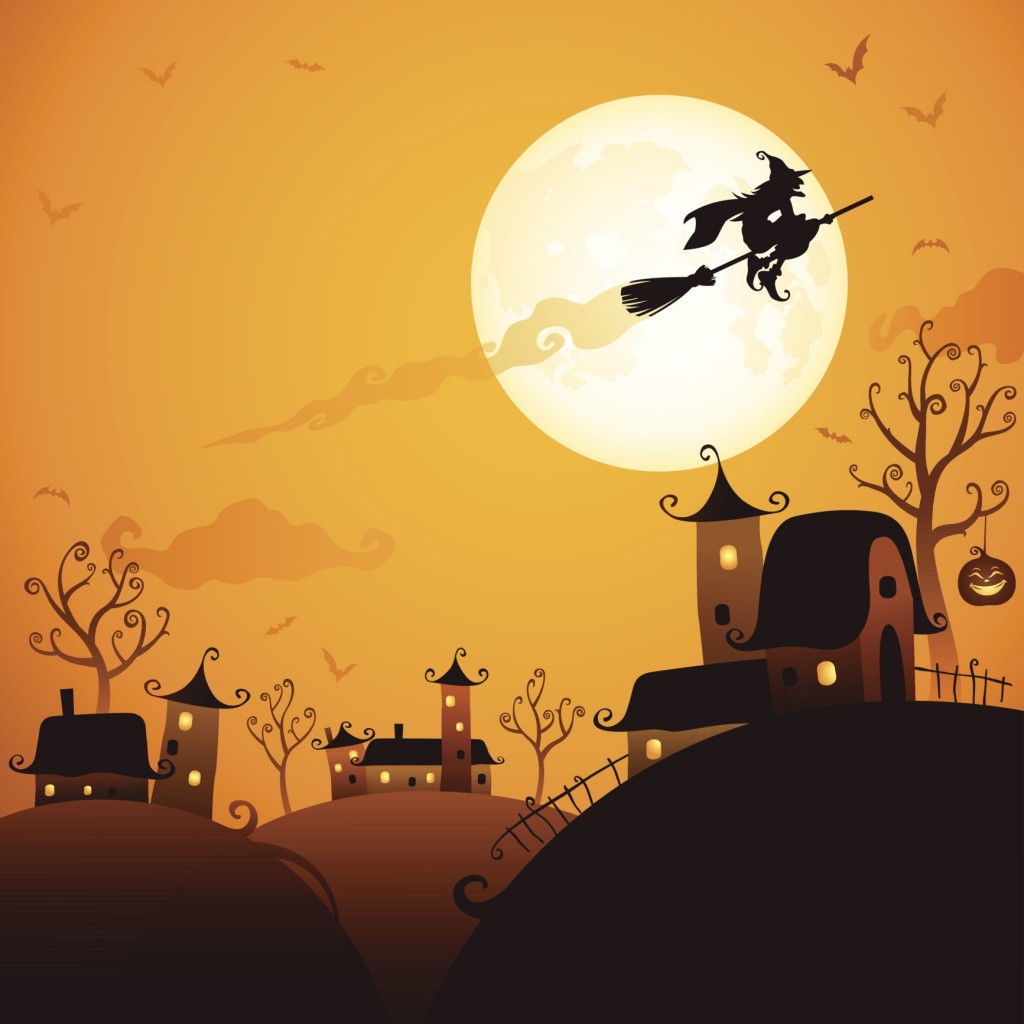 Witches & Broomsticks Samhain is considered to be the most important holiday for witches. It marks the third and last harvest before the darker half of the year begins. As a symbol for Halloween, a witch is seldom seen without her broomstick. There are a few theories behind the witch and her broomstick: One explanation was the broomstick had purpose, but it wasn’t for flying around — they were used to bless crops. Witches would jump up and down with the brooms in the fields and it was thought that the higher you jump, the taller the crops would grow. One other explanation for the broomsticks is hallucinogens. In “Murder, Magic, and Medicine” John Mann says witches were known for concocting brews of tropane alkaloids which give the sensation of flying and the connection was made to broomsticks. Whether broomsticks were used to help crops grow or flying was part of hallucinogenic experience in centuries past, today a witch without a broomstick on Halloween is just an ugly old lady.
Witches & Broomsticks Samhain is considered to be the most important holiday for witches. It marks the third and last harvest before the darker half of the year begins. As a symbol for Halloween, a witch is seldom seen without her broomstick. There are a few theories behind the witch and her broomstick: One explanation was the broomstick had purpose, but it wasn’t for flying around — they were used to bless crops. Witches would jump up and down with the brooms in the fields and it was thought that the higher you jump, the taller the crops would grow. One other explanation for the broomsticks is hallucinogens. In “Murder, Magic, and Medicine” John Mann says witches were known for concocting brews of tropane alkaloids which give the sensation of flying and the connection was made to broomsticks. Whether broomsticks were used to help crops grow or flying was part of hallucinogenic experience in centuries past, today a witch without a broomstick on Halloween is just an ugly old lady.
Celebrating Halloween doesn’t have quite the same meaning today as it did when the festival started. But even as a modern holiday, there are traditions from the days of yore we will never let go of — however spooky their histories are. Have a safe and happy Halloween!

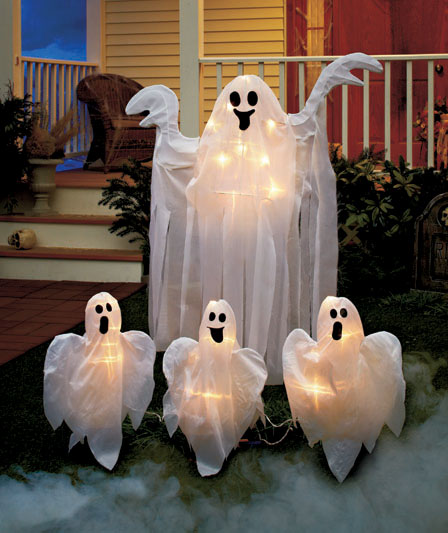





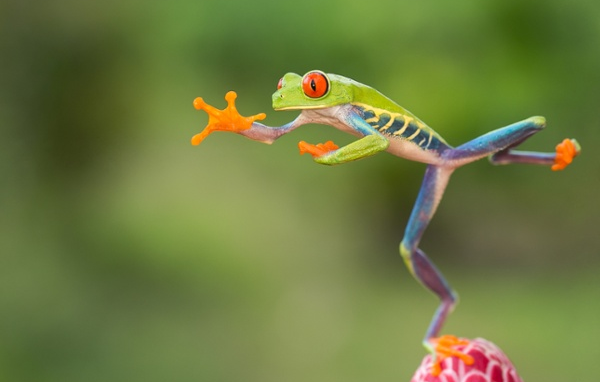

6 Responses
[…] 5 Halloween Myths and Folklore Explained […]
[…] 5 Halloween Myths and Folklore Explained […]
[…] 5 Halloween Myths and Folklore Explained (lakeside.com) As the idea of the world between the living and dead is bridged on Halloween, according to Samhain tradition, on that day there were fears about running into “lost souls.” To avoid wrath of the evil, misdirected souls, people would dress up as ghosts hoping to blend in with the spirits. Ghosts came in many forms: 1) Goblins were demons who looked for trouble and caused harm to humans (gnomes and gremlins fall into the category of goblin). 2) Ghouls were also demons who set out to harm humans, but they also preyed on the dead and were thought to be grave robbers. […]
[…] 5 Halloween Myths and Folklore Explained […]
[…] 5 Halloween Myths and Folklore Explained […]
[…] 5 Halloween Myths and Folklore Explained […]